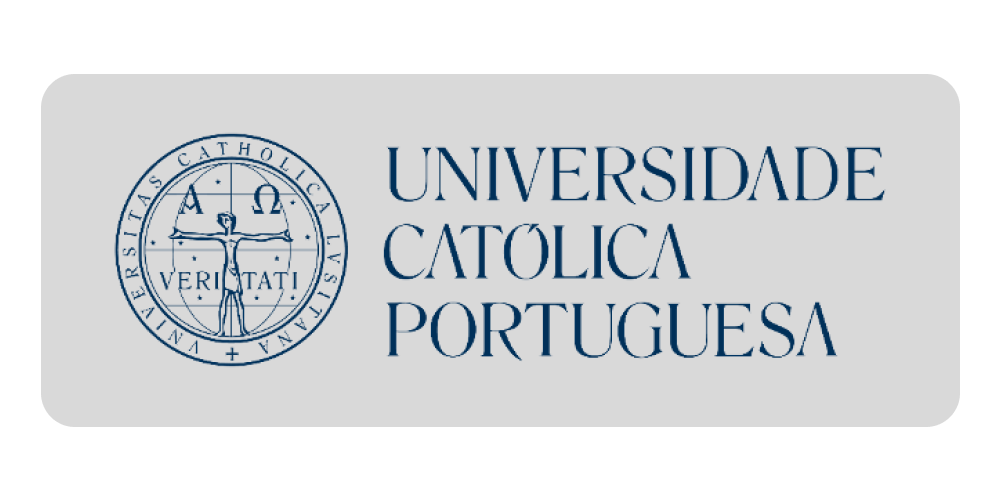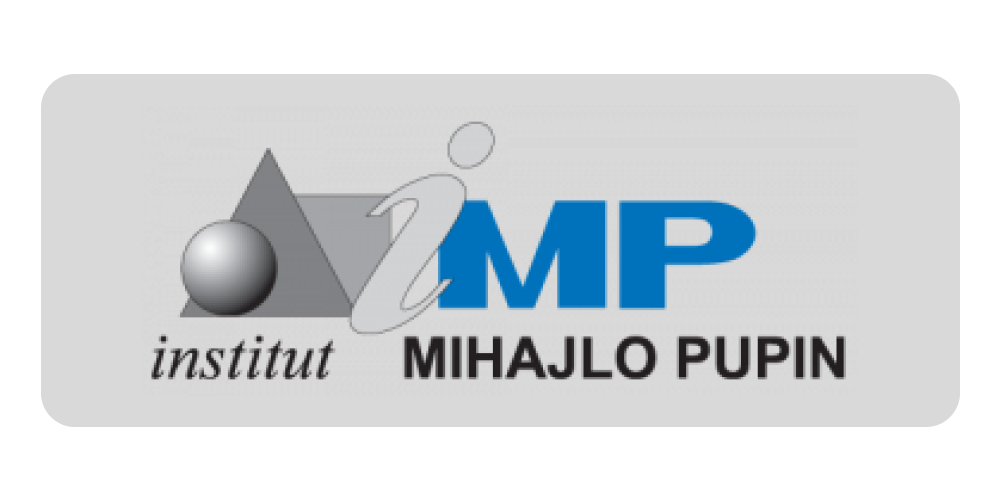'Institute of Social Sciences Ivo Pilar'
THE TORC - PURE ELEGANCE OF PREHISTORIC ART
2010
Torkvesi ili kolutaste ogrlice čine omiljeni nakit za vrat koji se javlja tijekom brončanog doba. Obično su od
jednog komada metala bronce, željeza, srebra ili zlata. Mogu biti glatki, tordirani, cjevasti, čvorasti kao i bogato
ukrašeni. Većina ima otvorene krajeve koji završavaju različitim inačicama. Tijekom mlađe faze željeznog
doba Europe postaju oznaka keltskih ratnika, plemenskih vođa i heroja. Za Kelte je torkves bio mnogo više od običnog
nakita - predstavljao je predmet identiteta jednog naroda. Običaj nošenja masivne ogrlice nastavlja se i kod rimskih
vojnika, a prisutni su i u opremi pokojnika ranog srednjeg vijeka. Ogrlice - torkvesi spadaju u obručast ukras koji se
nosio pojedinačno ili više komada zajedno.
Tordirani srebrni torkves s otoka Krka, pronađen na položaju Šinigoj u gradu Krku, s krajevima u obliku stiliziranih
ptičjih glava, predstavlja izuzetan nalaz kojeg promatramo u okviru sjevernojadranskog mlađeg željeznog doba.A twisted silver torc has been recovered at the site of
Šinigoj in the town of Krk. Being a unique find of its kind
on the island of Krk, the torc has triggered thoughts about
the richness and artistic value of similar neck jewellery. The
torc, a circular neck band, was a popular neck adornment
of the large majority of prehistoric communities in Europe.
From the Bronze Age on, the torc was, among other things,
notably a mark of distinction of Celtic warriors. However,
the custom of wearing torcs continued throughout Roman
times and deep into the Middle Ages. Apart from the noted
artistic value, torcs also bear a deep symbolic meaning.
They offered protection to the part of the body they enclosed,
while at the same time were thought to ensure a safe trip to
the other world and represented faith in resurrection.
The torc, a neck band, was either worn singly or
combined with several others at the same time. The body
of double or multiple torcs could be smooth, tubular,
twisted, or knotty. They were mostly circular, but omegaform
torcs have also been observed. The twisted shape was
accomplished by twisting a single wire or two wires together.
The cross section of the wire is predominantly circular, but
it could also be square. The ends of torcs are very varied.
The bent or twisted torcs of the east Adriatic groups and
cultural groups from the nearest hinterland - Histrian,
Central Dalmatian, those belonging to Liburnian groups,
or Iapodian torcs mostly have spiral ends. Torcs could
be richly embellished by pendants, beads or decorations
made of coral or red enamel. They are neck adornments in
the first place, although the Iapodes wore them on skullcaps.
Torcs have been found in graves, hoards, as single finds
or parts of sculptures. They could be parts of female and
male attire. They were very popular in the European
Bronze and Iron Ages. Torcs flourished in the Late Iron
Age when artisan workshops employed the best artisans
to produce the most beautiful applied art examples. The
first massive bronze torcs have been documented to date
from the Bronze Age. They were elements of a rich attire of
people from all phases of the Urnfield culture. The island of
Krk, from where our bronze torc most probably originates,
was part of the territory of the Liburnian cultural circle in
the Iron Age, and incentives for the use of the torc and its
origins can be seen in the nearer or wider surroundings.
The torc was very popular with all neighbouring groups:
the Histri, the Iapodes, the Delmatae, groups residing in
the pre-Alpine area, the Balkan interior (Glasinac) and the
Apennine peninsula (the Piceni). According to Batović, torcs
appeared with the Liburnians in the 9th century BC, in the
1st phase of the shaping of this cultural group, and they are
not direct successors of the previous phase because of the
interruption caused by the Balkan-Pannonian movements
of people. The Liburnians used various items of jewellery
produced by local workshops which made products adapted
to local circumstances.
With regard to the Liburnians, we can distinguish two
types of torcs, while the silver example from Krk represents
an exception because of the material from which it was
made, its shape and the circumstances surrounding the
find. Taking into consideration the rich repertory of items
made of silver and recovered from the hoard in Baška,
and the discovery of items made of gold near the village
of Garice, our torc probably originates from a grave of
a necropolis located outside the defensive walls of the
prehistoric settlement located where the city of Krk stands
today. The Liburnians used silver profusely as a result of the
strong Hellenistic influence. The motif of a stylized bird’s
head is not alien to the Liburnian culture. The bird, due
to its strong symbolic meaning, was a favourite motif on
items which accompanied the dead on their voyage to the
other world. In the 4th phase of the Piceni culture, torc ends
bearing sculptured pine cones, mermaids or human heads
have been observed. More to the north, at the necropolis
of Sočerb (San Servolo), a bronze torc has been recorded
with ends in the form of stylized birds’ heads. The authors
are of the opinion that this torc shows direct influences of
the Piceni culture in North Italy. The ends of torcs with
stylized birds’ heads can be compared to examples from
Rumania and Horedt’s type C1b. However, it is hard to
directly link the find from Krk to well-known finds and to
examples of necklaces made of knitted silver wire in the
area from Caput Adria to the Iberian peninsula in the west
and Dacia in the east. The torc from Krk can be dated in
the last, the fifth, phase of the Liburnian culture when it was
made under the strong influence of the Hellenistic way of
working the silver, either as a product of one of the local
workshops or imported
Institute of arhaeology
Bronze findings from the island of Krk
Otok Krk u svjetlu sjevernojadranske prapovijesti čini zasebnu teritorijalnu cjelinu u kontekstu liburnske grupe kasnoga brončanog doba te Liburna tijekom željeznog doba. Pored većeg broja lokaliteta, poznat je dio materijala pronađen slučajnim nalazima. Radom na infrastrukturi u gradu Krku i u njegovoj neposrednoj blizini pronađena je grupa predmeta koju čine tri brončane šuplje sjekire (keltovi) i brončana masivna narukvica otvorenih krajeva. Sjekire pokazuju izrazitu modu koja se iz matičnog...
Preuzmite dokument
Croatian
2010
 Klara BURŠIĆ-MATIJAŠIĆ
Klara BURŠIĆ-MATIJAŠIĆ
Institute of arhaeology
Bronze findings from the island of Krk
Otok Krk u svjetlu sjevernojadranske prapovijesti čini zasebnu teritorijalnu cjelinu u kontekstu liburnske grupe kasnoga brončanog doba te Liburna tijekom željeznog doba. Pored većeg broja lokaliteta, poznat je dio materijala pronađen slučajnim nalazima. Radom na infrastrukturi u gradu Krku i u njegovoj neposrednoj blizini pronađena je grupa predmeta koju čine tri brončane šuplje sjekire (keltovi) i brončana masivna narukvica otvorenih krajeva. Sjekire pokazuju izrazitu modu koja se iz matičnog...
Preuzmite dokument
Croatian
2010
 Klara BURŠIĆ-MATIJAŠIĆ
Klara BURŠIĆ-MATIJAŠIĆ
'Institute of Social Sciences Ivo Pilar'
THE TORC - PURE ELEGANCE OF PREHISTORIC ART
Torkvesi ili kolutaste ogrlice čine omiljeni nakit za vrat koji se javlja tijekom brončanog doba. Obično su od
jednog komada metala bronce, željeza, srebra ili zlata. Mogu biti glatki, tordirani, cjevasti, čvorasti kao i bogato
ukrašeni. Većina ima otvorene krajeve koji završavaju različitim inačicama. Tijekom mlađe faze željeznog
doba Europe postaju oznaka keltskih ratnika, plemenskih vođa i heroja. Za Kelte je torkves bio mnogo više od običnog
nakita - predstavljao je predmet identiteta jednog...
Preuzmite dokument
2010
 Klara BURŠIĆ-MATIJAŠIĆ
Klara BURŠIĆ-MATIJAŠIĆ






